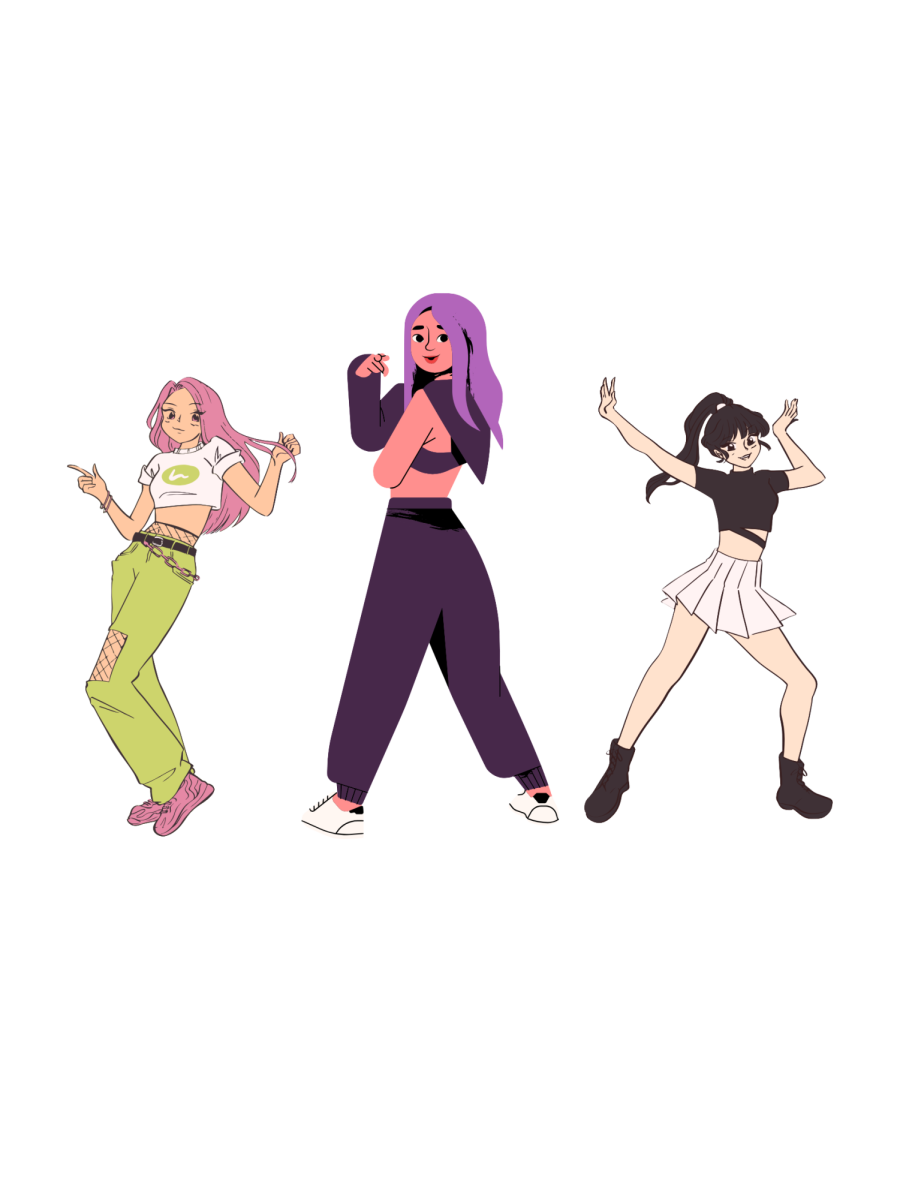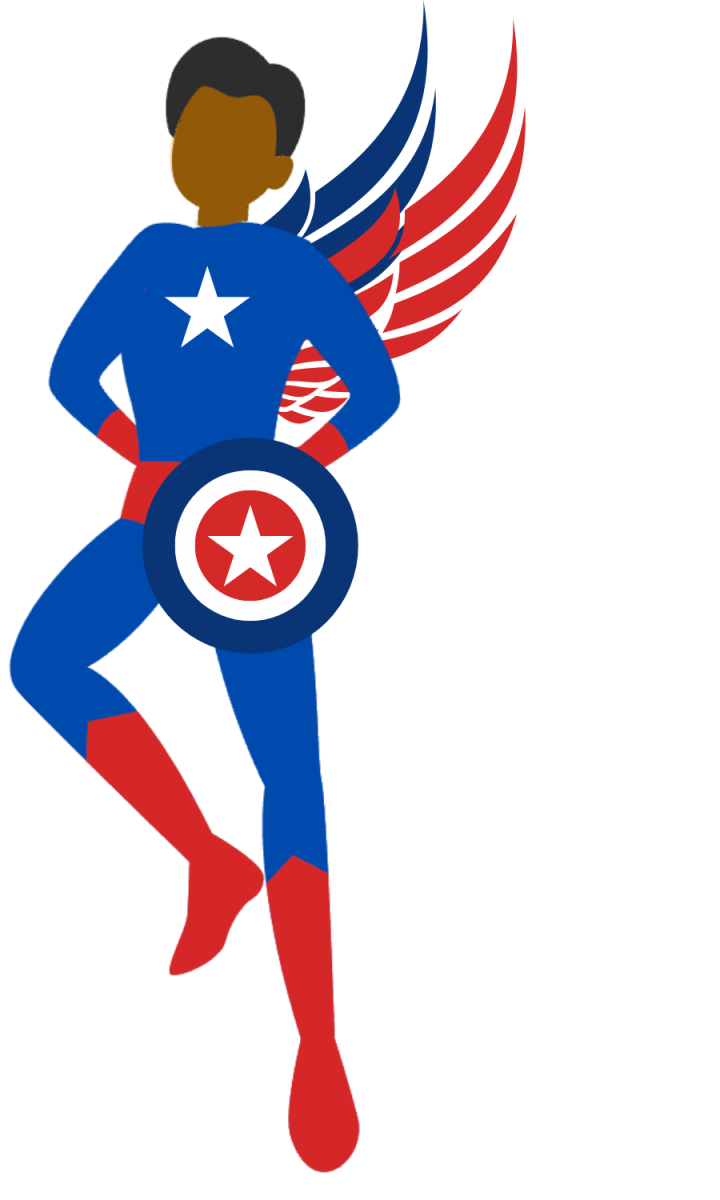This year, on August 18, 2020, the United States celebrated the centennial of the ratification of the 19th amendment, which granted women the right to vote. Before its ratification, women in 18 states, mostly in the west, had full suffrage, 22 states had partial suffrage—meaning women could vote in some elections—and eight states had no female suffrage.
For decades, women in many states, mostly in the southeast, had been kept out of the polling stations. Anti-suffragists opposed suffrage for various reasons. Many argued that women didn’t want the vote and should be kept out of politics, but one opinion in the early 20th century was that women would vote like their husbands and therefore make their vote pointless.
However, history has proven the anti-suffragists wrong, as the female vote has become very important. According to the Center for American Women and Politics at Rutgers University, in every major ethnic category, more women have voted than men in every presidential election since 1964. In the 2016 election alone, 73.7 million women voted, while only 63.8 million men did. Therefore, it is impossible to say that women only vote like their male partners, considering there are millions more of them voting. So what have they done with this political power?
Since the passage of the 19th amendment and the Voting Rights Act of 1965, more women have been elected to Congress, which has subsequently created more legislation aiming to improve the lives of women. Equal access to credit, equal pay and fair health guidelines are just a few of the initiatives that women have pushed for in the last 100 years.
“All different kinds of women from women in China to black women, Native women—everybody had their hat in the game on what they needed to be able to get access to, and the one way that people can make change is through policy,” social studies teacher Tatiana McKinney said. “Being able to vote, it really opens the door for you to be able to say I want this candidate because they’re going to support women.”
For example, according to the lifestyle magazine Woman’s Day, before the Equal Credit Opportunity Act of 1974, single women could be denied credit cards, and married women needed the approval of their husbands for credit. According to The Atlantic, initially the Equal Credit Opportunity Act did not include sex or marital status in its nondiscrimination policy, so Congresswoman Lindy Boggs amended the act to include those guidelines. Senior Molly Halladay-Glynn attributes this to the idea that women are better advocates for their own needs than men are for women’s needs because of their personal experiences.
“Even though men totally should still care about women’s rights, I feel like women understand more and therefore will fight harder for those types of ideas, and it’s just really important to have a woman to represent us and to fight harder for those issues,” Halladay-Glynn said.
Furthermore, 15 female representatives created the Women’s Caucus to focus on women’s issues, such as in 1990, when they took on the National Institutes of Health for not using female test subjects. They wouldn’t even conduct research on female rats. Because of the caucus, later in 1993, the NIH Revitalization Act of 1993 went into effect and stated that “(A) women are included as subjects in each project of such research; and (B) members of minority groups are included as subjects in such research.”
In addition to legislation in Congress, the Supreme Court has been an integral part of furthering women’s rights. In Reed v. Reed, in which the court ruled that women could not be paid less than men for the same job, upholding the precedent set by the Equal Pay Act.
The female vote has also played a role in the judiciary system. According to the Roper Center for Public Opinion Research, in the 1992 presidential election, 45% of female voters voted for Bill Clinton, however just 38% voted for George H.W. Bush Sr. One year later, Clinton appointed Justice Ruth Bader Ginsburg to the Supreme Court of the United States, making her the second woman in US history to be on the Supreme Court.
As a justice, Ginsburg voted in favor of women’s rights in cases like Young v. United Parcel Service, Inc., [UPS] which, as the American Civil Liberties Union states, resulted in requiring “employers to provide pregnant employees with the same on-the-job accommodations…as they do to other nonpregnant employees who are similar in their ability or inability to work.”
Finally, it’s important to note that the 19th amendment in practice only allowed white women to vote. Native Americans couldn’t vote until much later, with Utah as the last state to allow them to vote in 1962. In addition, black women were subjected to poll taxes and intentionally unreasonable literacy tests until the Voting Rights Act of 1965. Even today, voter suppression still exists for many minorities and felons.
Still, the election polls and the issues and people on the ballot look very different today than they did just 100 years ago. In 2020 alone, the Center for American Women and Politics at Rutgers University states 584 women filed to run for Congress, and 261 will be on the ballot this November, up from 234 in 2018. Although there is still much to be done to achieve equality, great progress has been made by fearless leaders, especially by the leaders of the women’s rights movement.
“I am very very proud of our country and the progress that we made,” social studies teacher Robin Grenz said. “So we have women in politics. We have women in powerful positions. We have women doctors and lawyers and justices, and I think that we should be proud of that progress.”
















